Home>Garden Essentials>How To Plant Grass Seed In Clay Soil
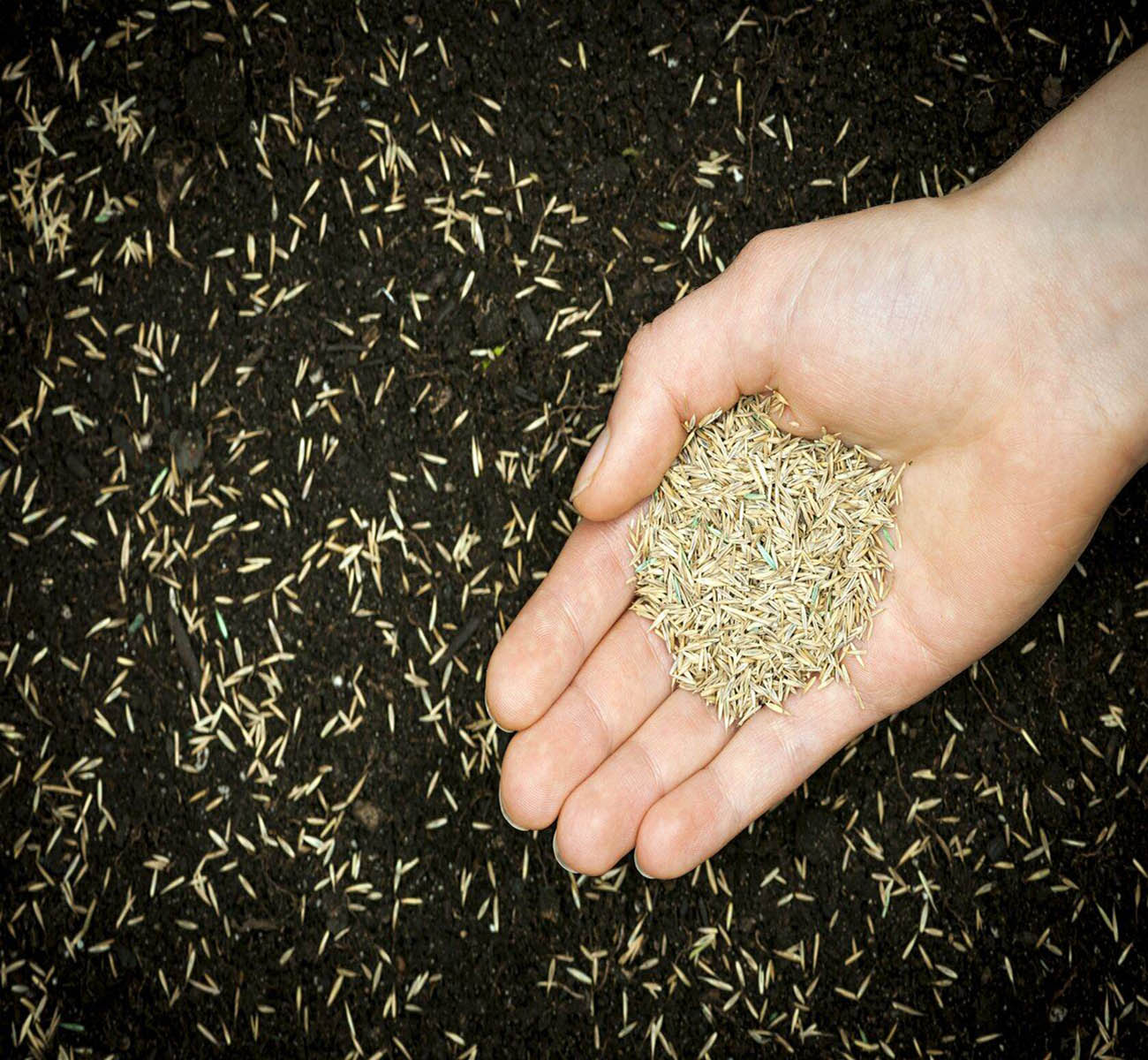

Garden Essentials
How To Plant Grass Seed In Clay Soil
Modified: September 1, 2024
Learn the best techniques for planting grass seed in clay soil and achieve a lush garden. Our comprehensive guide provides expert tips and advice for successful gardening.
(Many of the links in this article redirect to a specific reviewed product. Your purchase of these products through affiliate links helps to generate commission for Storables.com, at no extra cost. Learn more)
Introduction
Gardening enthusiasts know that a lush, green lawn is the pride of any homeowner. However, achieving that perfect lawn can be quite challenging, especially when you’re dealing with clay soil. Clay soil is notorious for its density and poor drainage, making it difficult for plants to thrive. But fear not! With the right techniques and a little bit of patience, you can successfully plant grass seed in clay soil and enjoy a beautiful, healthy lawn.
In this article, we will dive into the intricacies of clay soil and provide you with step-by-step instructions on how to prepare the soil, choose the right grass seed, and successfully plant it. We will also explore watering and caring for newly planted grass seed and discuss some common challenges you may encounter when dealing with clay soil. By the end of this guide, you’ll be equipped with the knowledge and confidence to turn your clay soil into a flourishing green oasis.
So, let’s roll up our sleeves and get our hands dirty!
Key Takeaways:
- Transforming clay soil into a lush lawn requires loosening the soil, adding organic matter, and choosing deep-rooted grass varieties. Patience and consistent care are essential for successful grass seed growth.
- To overcome challenges of clay soil, maintain consistent moisture, prevent compaction, and address nutrient imbalances. With proper soil management and ongoing care, you can create a vibrant and healthy lawn.
Read more: How To Enrich Clay Soil For Grass
Understanding Clay Soil
Before we jump into the process of planting grass seed in clay soil, it’s important to understand what clay soil is and what makes it different from other soil types. Clay soil is composed primarily of tiny particles that pack tightly together, resulting in a dense and heavy texture. These particles are rich in minerals, including iron, aluminum, and silica.
One of the significant characteristics of clay soil is its ability to retain water. While this may sound like a positive attribute, it can be problematic for plant growth. The density of clay soil prevents proper drainage, leading to waterlogging and depriving plants of essential oxygen. Additionally, when clay soil dries out, it becomes hard and compact, making it difficult for plant roots to penetrate and access nutrients.
Another challenge of clay soil is its tendency to form clumps or clods. These clumps can create a less than ideal environment for grass seed to establish its roots. However, with proper preparation and amendments, you can improve the structure and drainage of clay soil, setting the stage for successful grass seed growth.
Understanding the unique properties of clay soil is crucial for selecting the right grass seed and implementing the necessary steps for its proper growth. With this knowledge in mind, let’s move on to the next stage: preparing the soil.
Preparing the Soil
Preparing the soil is a vital step in planting grass seed in clay soil. By taking the time to properly condition the soil, you can improve its structure, drainage, and fertility, creating an optimal environment for your grass seed to thrive.
The first step in preparing the soil is to remove any existing vegetation, weeds, or debris from the area where you plan to plant the grass seed. Use a garden rake or a weed trimmer to clear the area and ensure a clean slate for your grass seed.
Next, it’s time to loosen the soil. Clay soil can become compacted, creating a barrier for plant roots and hindering water absorption. To alleviate this issue, use a garden tiller or a garden fork to break up the soil. Work the tool deep into the ground, loosening the soil and allowing air, water, and nutrients to penetrate.
Once the soil is loosened, you can further improve its structure by adding organic matter. Organic matter, such as compost or well-rotted manure, helps to break up clay particles and enhance drainage. Spread a layer of organic matter over the soil and use a garden rake or a tiller to incorporate it into the existing soil.
In addition to organic matter, you may also consider adding sand or perlite to improve drainage. However, it’s essential to find the right balance. Adding too much sand can result in a sandy soil texture, which is not suitable for grass growth. Aim for a soil composition with around 20% organic matter and 10% sand.
After incorporating organic matter and any necessary amendments, it’s time to level the soil. Use a garden rake or a leveling tool to smooth out any uneven areas and create a flat surface. This will ensure even water distribution and promote uniform grass growth.
Now that the soil is properly prepared, it’s time to move on to the next step: choosing the right grass seed for your clay soil.
Choosing the Right Grass Seed
When it comes to choosing the right grass seed for clay soil, there are a few factors to consider. The type of grass seed you select should be capable of adapting to the unique characteristics of clay soil, such as its compactness and water retention.
One of the key considerations is to choose a grass variety that has a deep root system. A deep-rooted grass variety can penetrate the dense clay soil, accessing nutrients and moisture that are otherwise challenging to reach. Some common deep-rooted grass varieties suitable for clay soil include tall fescue, Kentucky bluegrass, and Bermuda grass.
It’s also important to consider the climate in your region. Certain grass varieties thrive better in specific climates, so select a grass seed that is well-suited for your area’s temperature, rainfall, and sunlight conditions. This will increase the chances of successful growth and long-term sustainability of your lawn.
In addition to considering the type and climate of the grass seed, it’s crucial to pay attention to the seed quality. Look for grass seeds that are certified and labeled for their purity, germination rate, and weed content. High-quality grass seed will have better germination rates and be less prone to weed invasion, giving your lawn a better chance to establish and flourish.
Lastly, consider the intended use of your lawn. Are you planting grass seed for a decorative lawn, a play area for children, or a high-traffic area? Different grass varieties have different qualities, such as drought tolerance, wear resistance, and shade tolerance. Choose a grass seed that matches your specific needs to ensure optimal results.
Consult with local garden centers or seek advice from lawn care professionals to help you select the right grass seed for your clay soil and specific requirements. Their expertise will ensure that you make an informed decision and set your lawn up for success.
Now that you’re armed with the knowledge of preparing the soil and selecting the right grass seed, it’s time to move on to the next step: planting the grass seed in your clay soil.
Before planting grass seed in clay soil, make sure to break up the soil with a tiller or garden fork to improve drainage and create a better environment for the seeds to germinate. Adding organic matter like compost can also help improve the soil structure.
Planting Grass Seed in Clay Soil
Now that you have prepared your clay soil and chosen the right grass seed, it’s time to move forward with the actual planting process. Follow these steps to ensure proper germination and establishment of your grass seed.
1. Timing: Choose the right time of year to plant your grass seed. Depending on the grass variety you have selected, the ideal planting time may vary. In general, early fall or spring is the best time to plant grass seed in clay soil. The soil is typically moist, temperatures are moderate, and there is less competition from weeds.
2. Seed Distribution: Use a spreader to evenly distribute the grass seed over the prepared soil. Follow the recommended seeding rate for your specific grass variety, as over-seeding can lead to poor grass growth and under-seeding can result in patchy areas. Consider dividing the seed into two passes at right angles to ensure thorough coverage.
3. Raking: After seeding, gently rake the soil to lightly cover the grass seed. Raking helps to incorporate the seed into the soil and protect it from birds or heavy rain that can wash it away. Be careful not to rake too deeply, as it may disturb the seed placement.
4. Watering: Immediately after seeding, water the area thoroughly. Moisture is essential for seed germination and root development. Keep the soil consistently moist but not soggy until the grass seed has fully established. This may require watering several times a day, especially in hot and dry conditions.
5. Mulching: Consider applying a thin layer of hay, straw, or peat moss over the seeded area to retain moisture, protect the seed from direct sunlight, and prevent erosion. Mulching can also help regulate soil temperature and keep weeds at bay. Avoid using thick layers of mulch, as it may inhibit the grass seed from reaching the soil surface.
6. Patience and Maintenance: Germination can take anywhere from 7 to 21 days, depending on various factors such as temperature and grass variety. During this period, be patient and avoid walking on the newly seeded area. Once the grass seed has germinated and reached a height of 2-3 inches, gradually reduce watering frequency and mow the grass to encourage healthy growth.
By following these steps, you can ensure that your grass seed has the best chance of germinating and establishing strong roots in your clay soil. But keep in mind that growing a healthy lawn is an ongoing process. Regular watering, mowing, and fertilizing are essential for maintaining your lawn’s health and appearance.
Now that you have successfully planted your grass seed, let’s move on to the next stage: watering and caring for newly planted grass seed in clay soil.
Read more: How To Loosen Clay Soil For Grass
Watering and Caring for Newly Planted Grass Seed
Proper watering and care are crucial for the success of newly planted grass seed in clay soil. Follow these tips to ensure healthy germination, establishment, and growth of your grass seed.
1. Watering: After seeding, it’s important to keep the soil consistently moist until the grass seed has fully established. Water the newly seeded area lightly and frequently to prevent drying out or waterlogging. Aim for daily watering, making sure the top inch of soil remains moist. Use a gentle spray or misting attachment on your hose to avoid washing away the seeds. As the grass seed grows, gradually reduce the frequency of watering but increase the amount of water, allowing the roots to penetrate deeper into the soil.
2. Avoid Overwatering: While it’s crucial to keep the soil moist, avoid overwatering, as it can lead to shallow root growth and disease issues. Clay soil retains moisture well, so it’s essential to strike a balance between adequate hydration and preventing waterlogging. Monitor the soil moisture regularly and adjust your watering schedule accordingly.
3. Mowing: Once the grass seed has reached a height of 2-3 inches, it’s time to start mowing. Set your mower blade to a higher setting to avoid cutting the grass too short, as this can stress the young seedlings. Keep the grass height at around 3-4 inches initially to encourage a deeper root system and promote healthier growth.
4. Fertilizing: Fertilization is a vital part of lawn care, but it’s important to avoid applying fertilizer immediately after seeding. Newly planted grass seed is delicate, and fertilizer can burn or damage the young seedlings. Wait until the grass has established and has been mowed a few times before applying a balanced fertilizer. Follow the instructions on the fertilizer package for proper application rates and timings.
5. Weed Control: Weeds can pose a significant challenge when establishing a new lawn. Monitor the newly seeded area regularly and manually remove any weeds that start to sprout. Avoid using herbicides until the grass seed has fully established, as it can harm the young seedlings. Once the grass is well-established, you can consider applying pre-emergent herbicides to prevent weed growth.
6. Limit Traffic: To ensure successful establishment of the grass seed, it’s important to limit foot traffic and prevent heavy use of the newly seeded area. Walking or playing on the young grass can cause damage and hinder its growth. Consider placing temporary barriers or signs to prevent people and pets from stepping on the newly seeded area.
By following these watering and care tips, you can provide the optimal conditions for your newly planted grass seed to flourish in clay soil. Remember that patience is key, as it may take several weeks for the grass to fully establish and fill in. With proper care and maintenance, you’ll soon be rewarded with a lush, healthy lawn.
Now, let’s discuss some common challenges that you may encounter when dealing with clay soil and how to overcome them.
Dealing with Challenges in Clay Soil
Clay soil presents a unique set of challenges when it comes to gardening and lawn care. However, with the right strategies and techniques, you can overcome these challenges and create a thriving landscape. Here are some common challenges in clay soil and how to address them:
1. Poor Drainage: The dense nature of clay soil can cause water to collect and lead to waterlogging. To improve drainage, incorporate organic matter, such as compost or well-rotted manure, into the soil. This will help break up the clay particles and create channels for water to flow through. Additionally, consider adding sand or perlite to further enhance drainage.
2. Compaction: Clay soil tends to become compacted, which can restrict root growth and nutrient absorption. Regular aeration is crucial for clay soil. Use a garden fork or mechanical aerator to puncture holes in the soil, allowing air, water, and nutrients to reach the roots. Repeat this process every year to prevent compaction.
3. Nutrient Imbalance: Clay soil can be rich in certain nutrients but may lack others. Conduct a soil test to determine the nutrient composition of your soil. Based on the results, add fertilizers or organic amendments to balance the nutrient levels. Organic matter, such as compost or well-rotted manure, can also improve the overall fertility of the soil over time.
4. Cracking and Erosion: During dry periods, clay soil can crack and erode. To prevent this, maintain consistent moisture levels by watering regularly and mulching the soil. Mulching will also reduce soil temperature fluctuations and protect the soil surface from erosion caused by heavy rains.
5. Slow Warming in Spring: Clay soil tends to warm up more slowly in the spring, which can delay the growth of plants. Consider using plastic sheeting or row covers to help warm the soil and promote earlier growth. Also, choose grass seed varieties and other plants that are well-suited to your climate and have shorter growing seasons.
6. Soil Amendments: Incorporating organic matter into clay soil is a long-term solution to improve its structure and fertility. Organic matter helps break down the compacted clay particles, allowing for better root development and nutrient absorption. Regularly apply compost or well-rotted manure to your soil, especially in the fall, to enrich the soil over time.
By understanding and addressing these challenges, you can successfully work with clay soil and create a healthy and vibrant garden or lawn. Remember that patience, consistent maintenance, and proper soil management practices are key to overcoming these challenges and achieving long-term success.
Now that you’re equipped with strategies to tackle clay soil challenges, let’s wrap up our discussion.
Conclusion
Planting grass seed in clay soil may present its fair share of challenges, but with the right techniques and a little extra effort, you can achieve a beautiful and healthy lawn. Understanding clay soil and taking the necessary steps to prepare it are vital for creating a favorable environment for grass seed growth. By loosening the soil, incorporating organic matter, and balancing the soil composition, you can improve drainage and fertility.
Choosing the right grass seed is equally important. Opt for deep-rooted varieties that can penetrate the dense clay soil and thrive in your climate. Consider factors such as drought tolerance, wear resistance, and shade tolerance based on your lawn’s specific needs.
When planting grass seed, ensure even distribution and adequate coverage. Lightly rake the soil to protect the seed and provide proper contact with the soil. Watering is crucial for successful germination and establishment. Keep the soil moist but avoid overwatering to prevent waterlogging. With patience and consistent care, your new grass seed will start to grow, and you can gradually adjust watering, mowing, and fertilizing practices.
Dealing with challenges specific to clay soil, such as poor drainage and compaction, can be overcome through proper soil management. Incorporating organic matter, practicing regular aeration, and addressing nutrient imbalances can lead to healthier soil and stronger grass growth. It’s important to be proactive in preventing cracking and erosion by maintaining consistent moisture levels and mulching the soil.
Remember, gardening is a continuous process. Regular maintenance, such as mowing, fertilizing, and weed control, is essential for ongoing care of your lawn. It’s crucial to adapt your practices to the specific needs of your grass and clay soil.
By following these guidelines and remaining diligent in your lawn care routine, you can transform your clay soil into a flourishing green oasis. Whether you’re planting grass seed for a decorative lawn or creating a play area for children, the end result will be a stunning and healthy lawn that you can be proud of.
So roll up your sleeves, embrace the challenges, and enjoy the process of creating a thriving lawn in your clay soil. With the right techniques and a touch of patience, you’ll be rewarded with a beautiful and vibrant landscape that enhances the beauty of your home.
Frequently Asked Questions about How To Plant Grass Seed In Clay Soil
Was this page helpful?
At Storables.com, we guarantee accurate and reliable information. Our content, validated by Expert Board Contributors, is crafted following stringent Editorial Policies. We're committed to providing you with well-researched, expert-backed insights for all your informational needs.
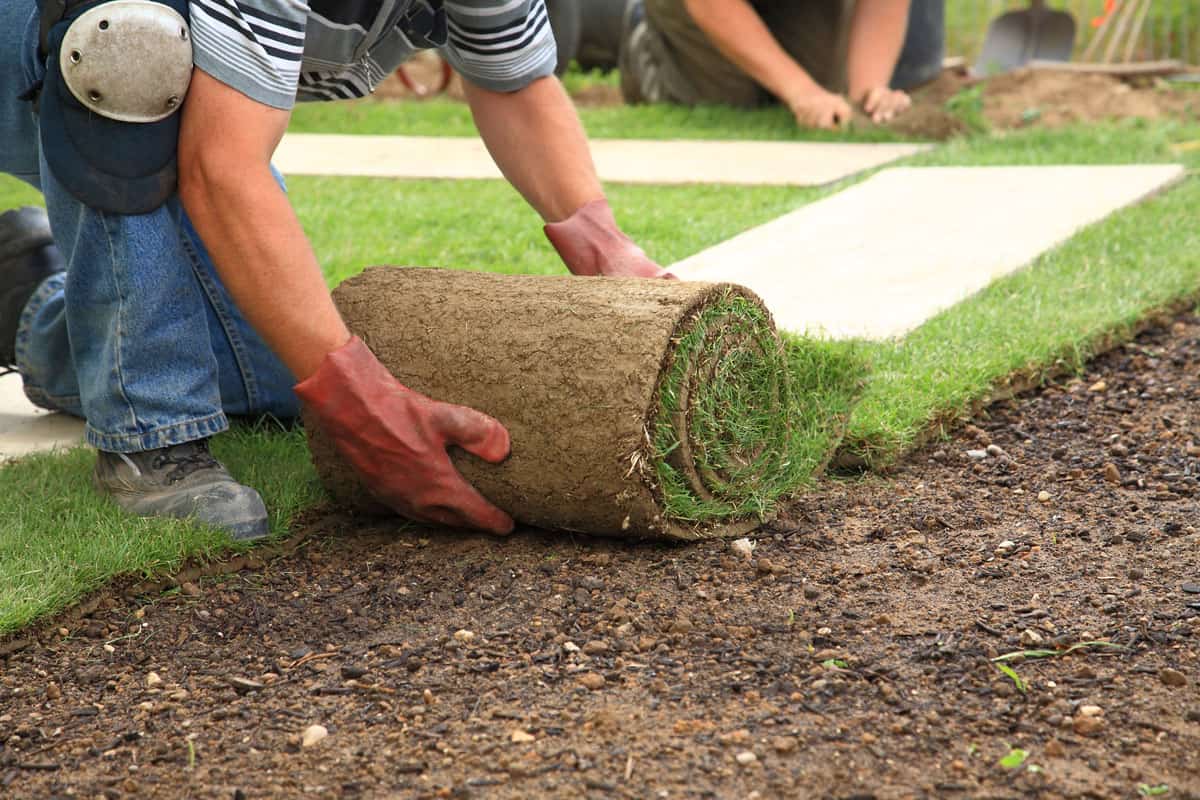
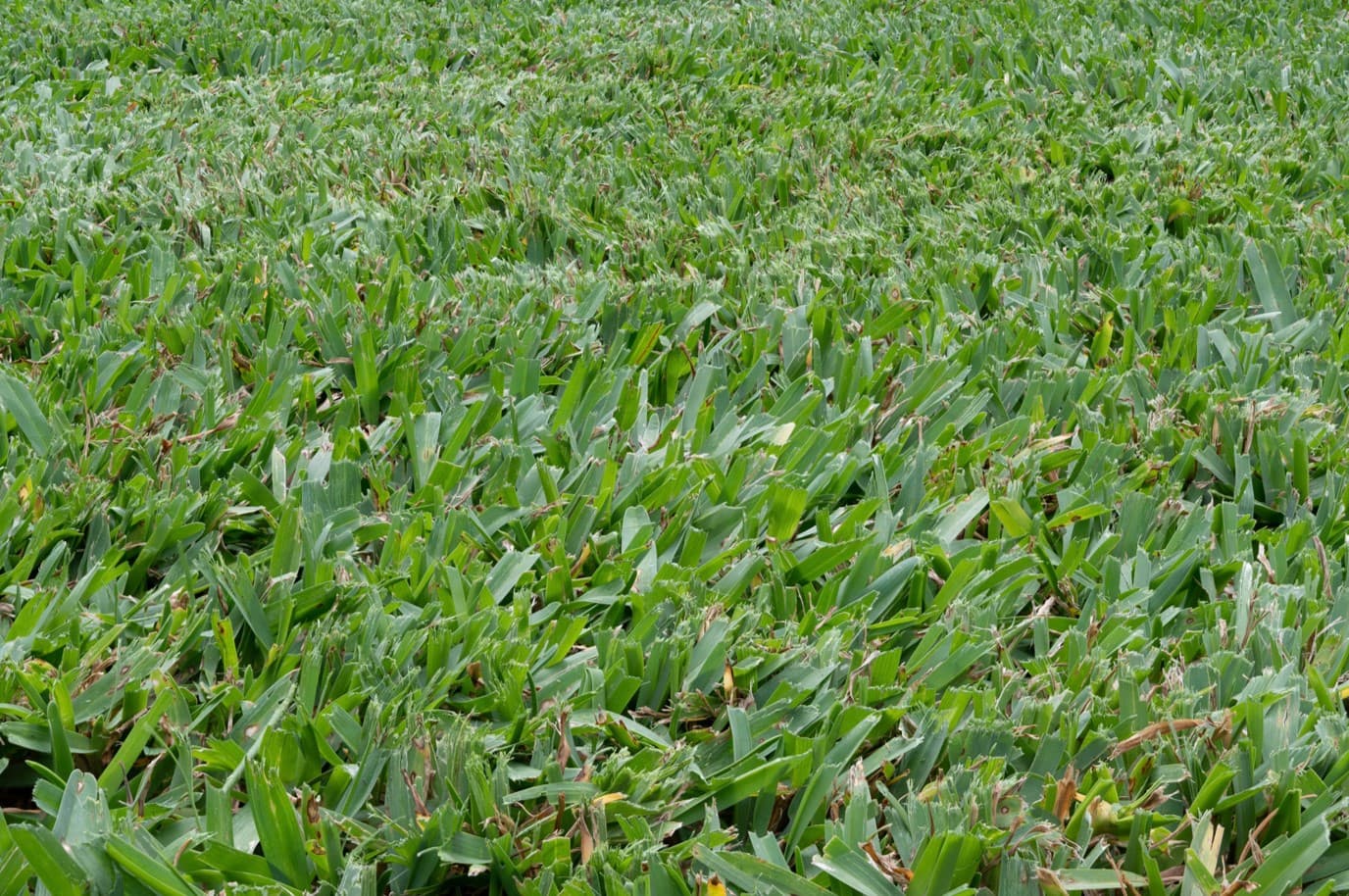
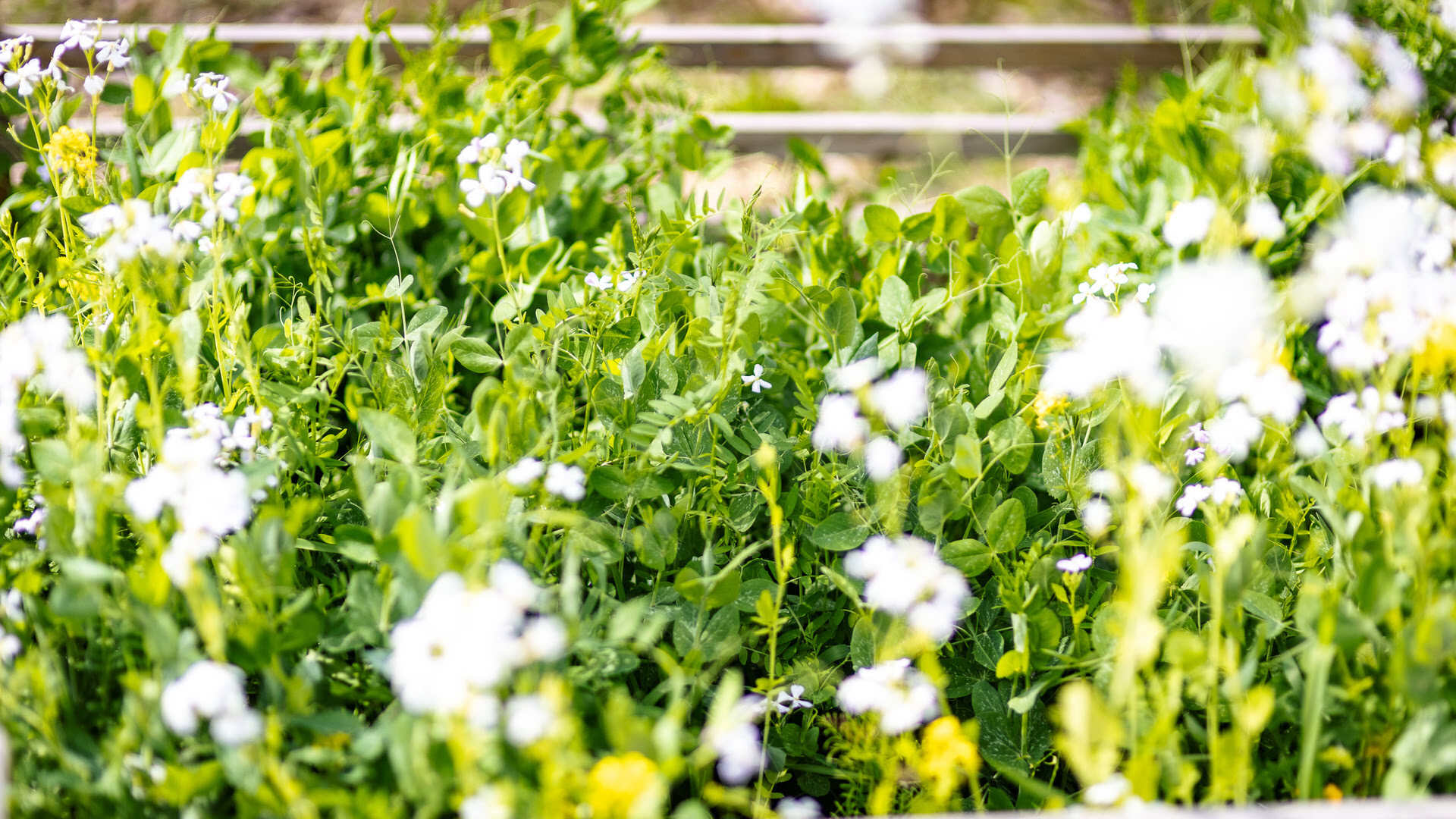
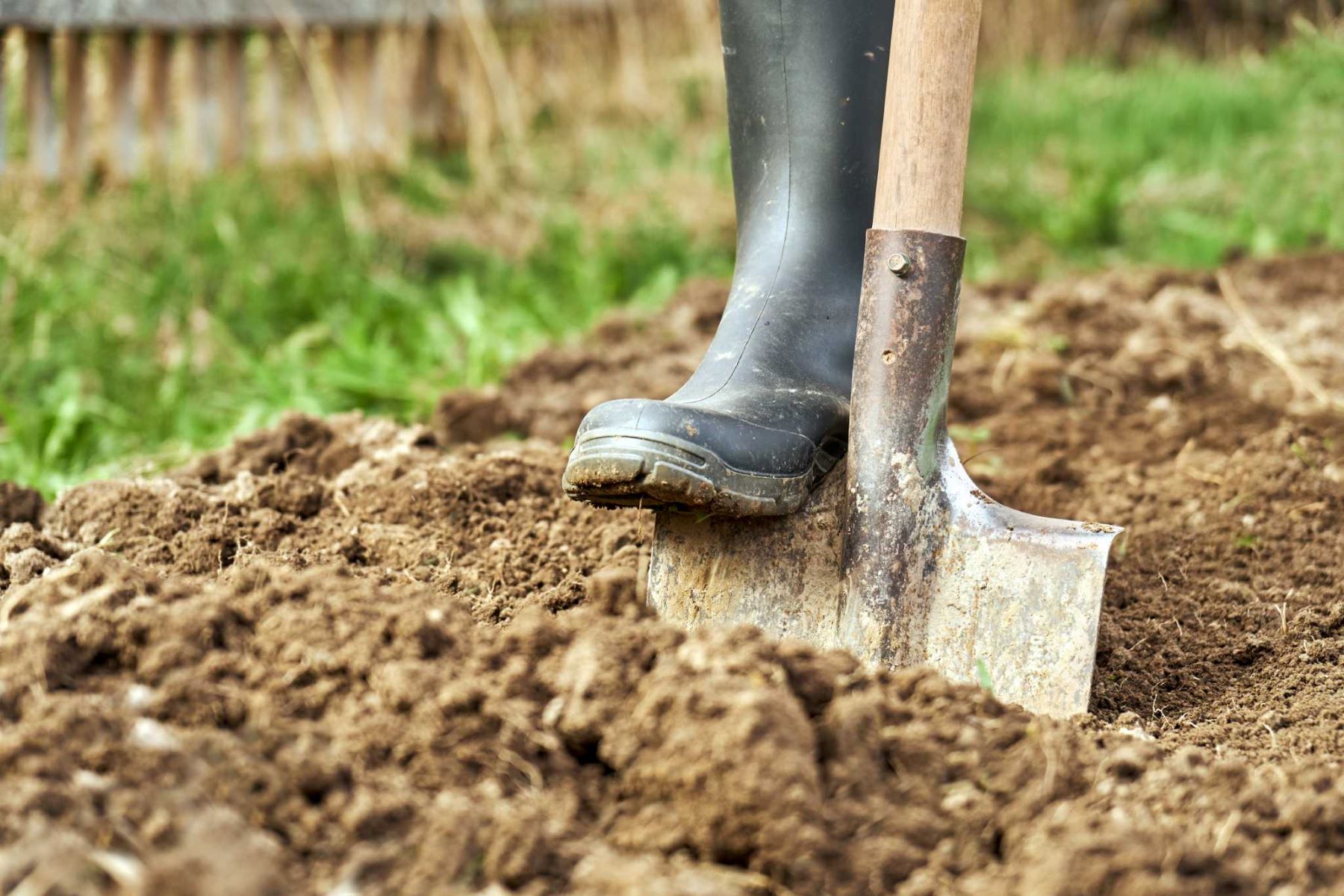
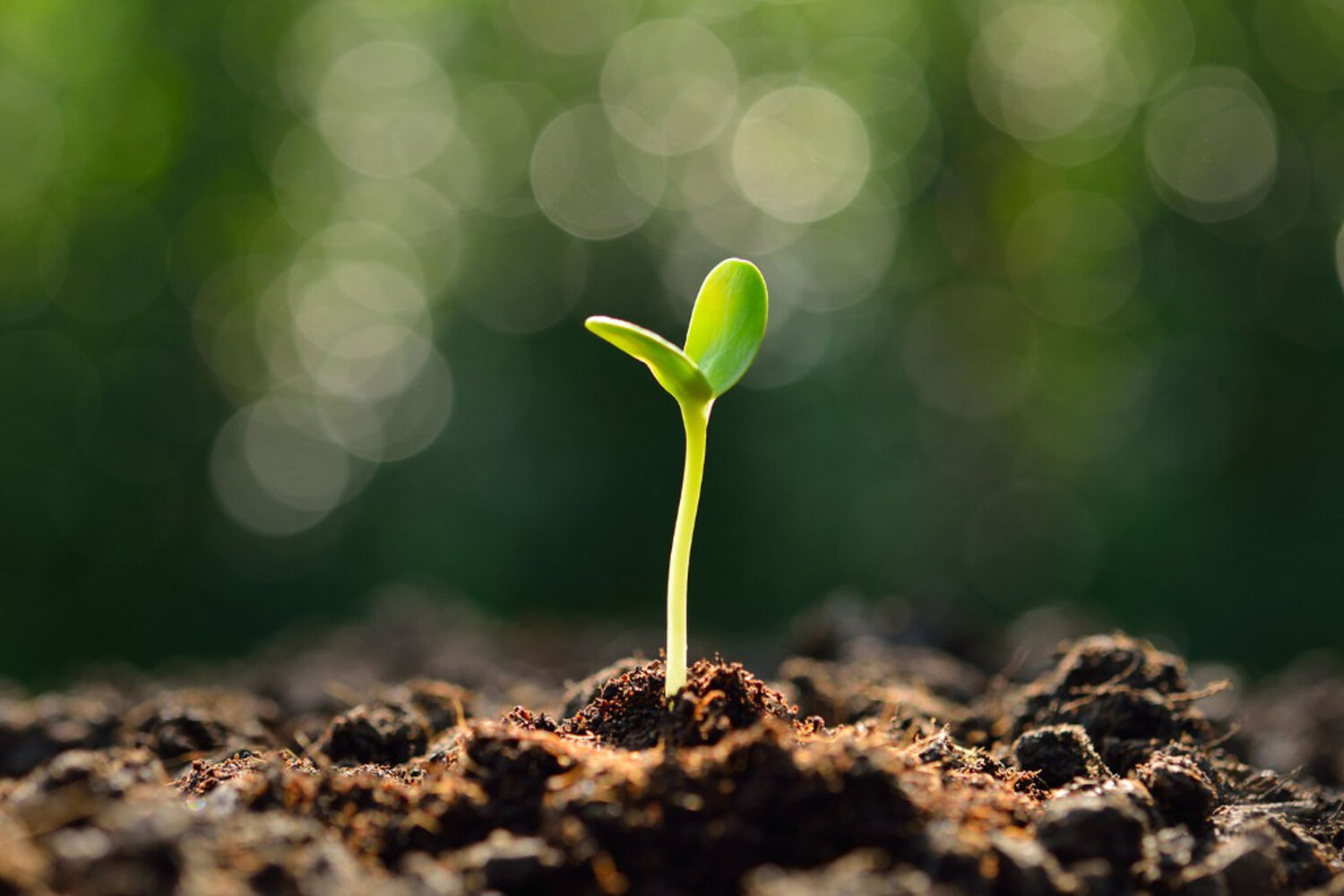
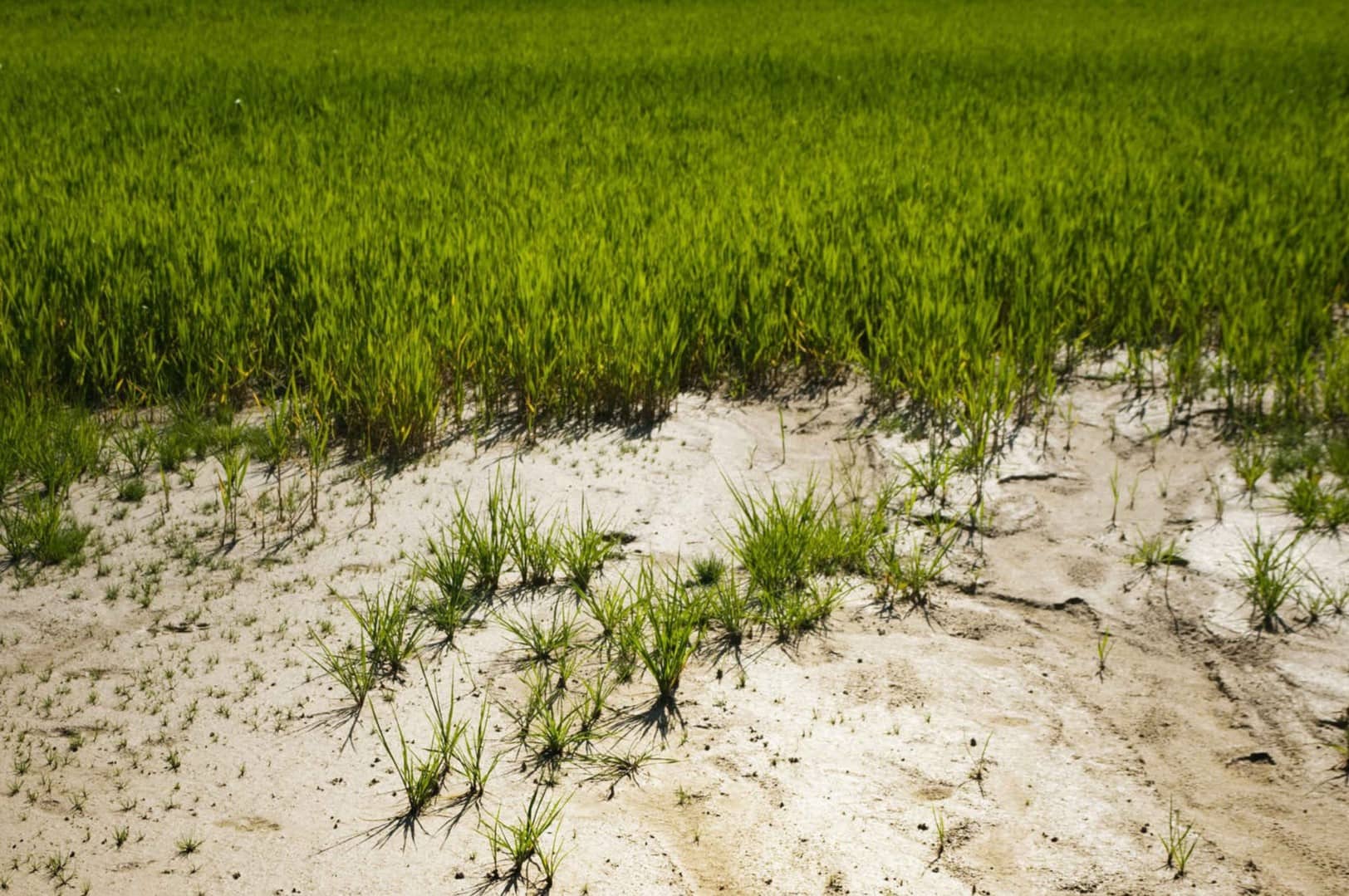
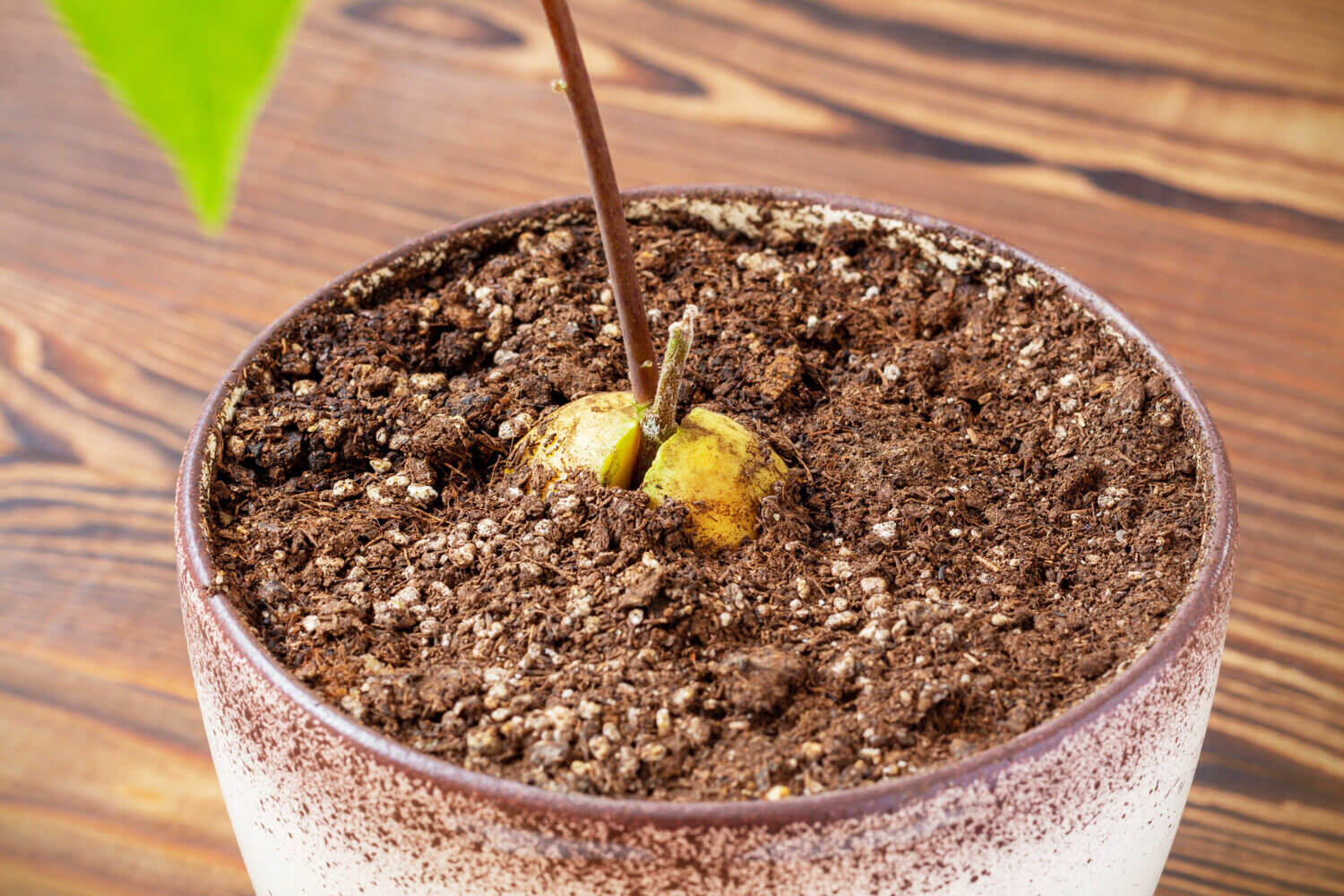
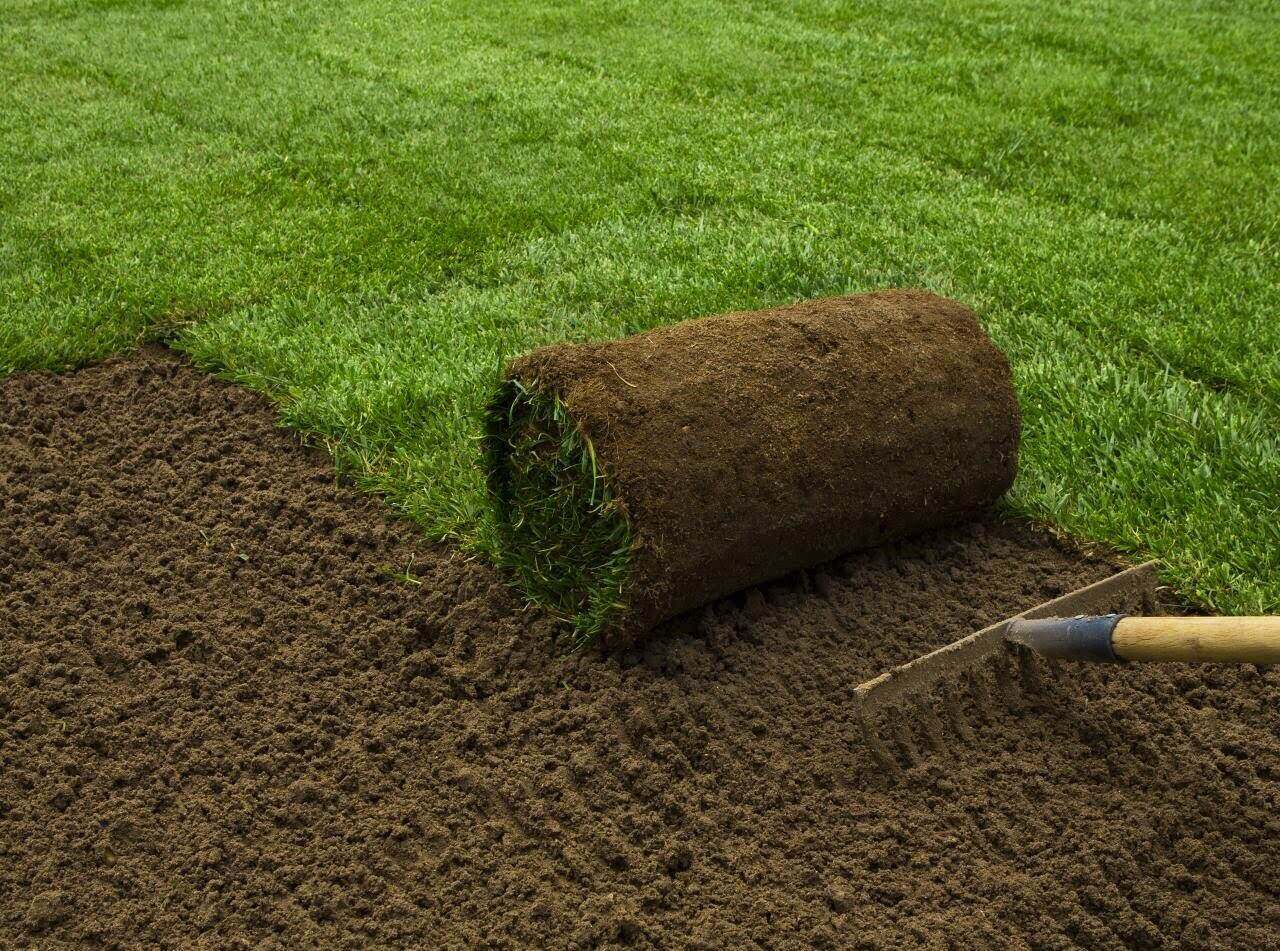
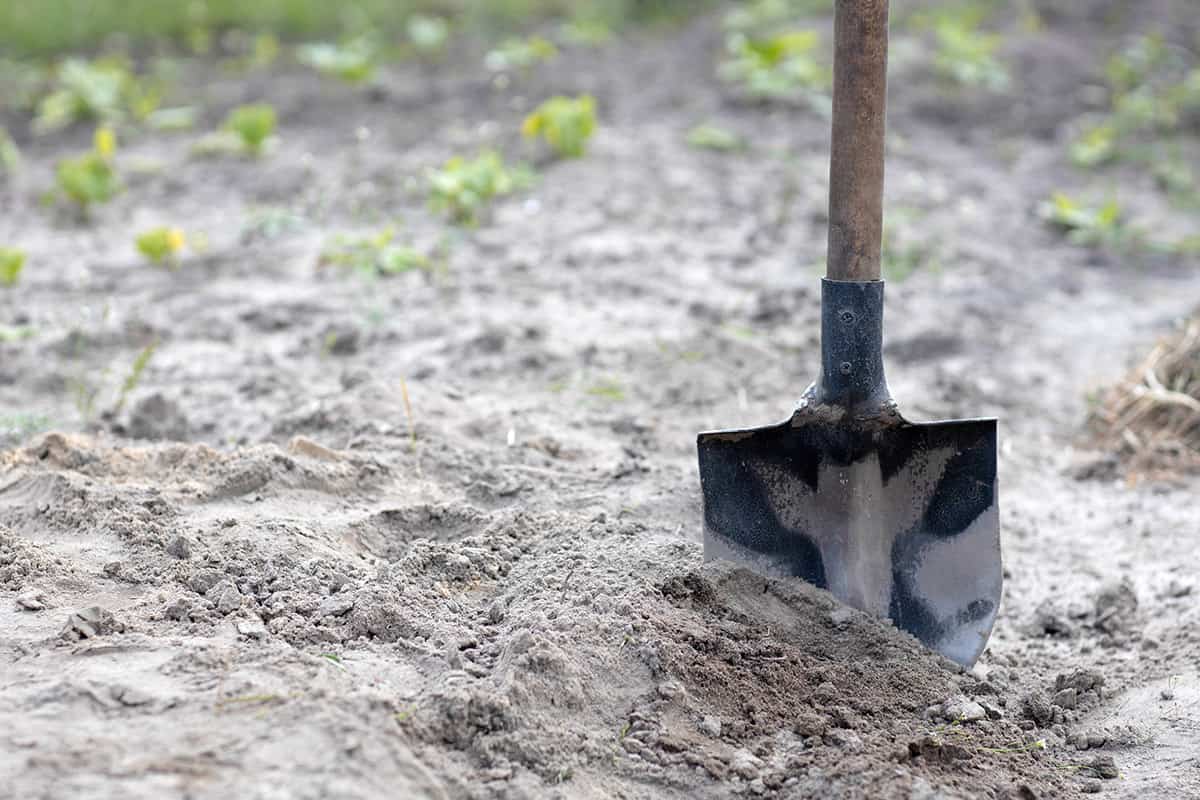
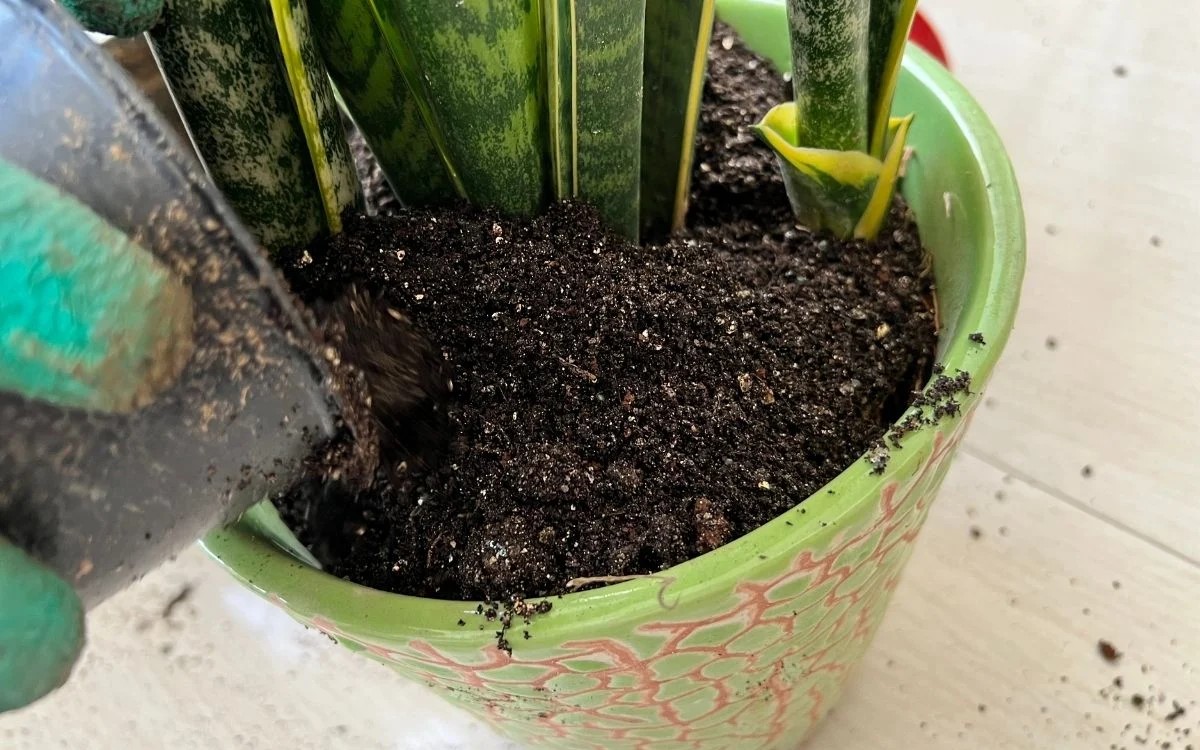
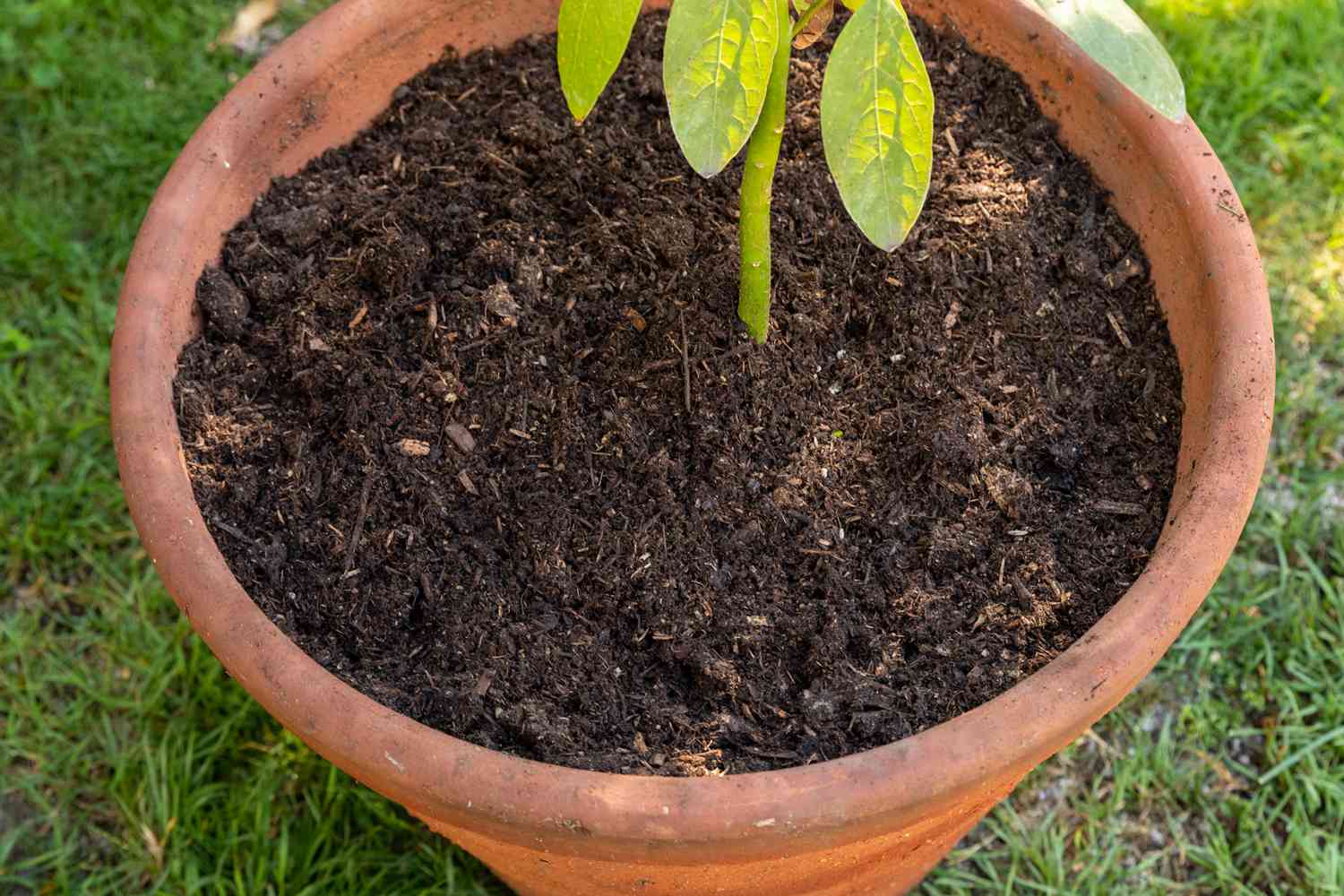
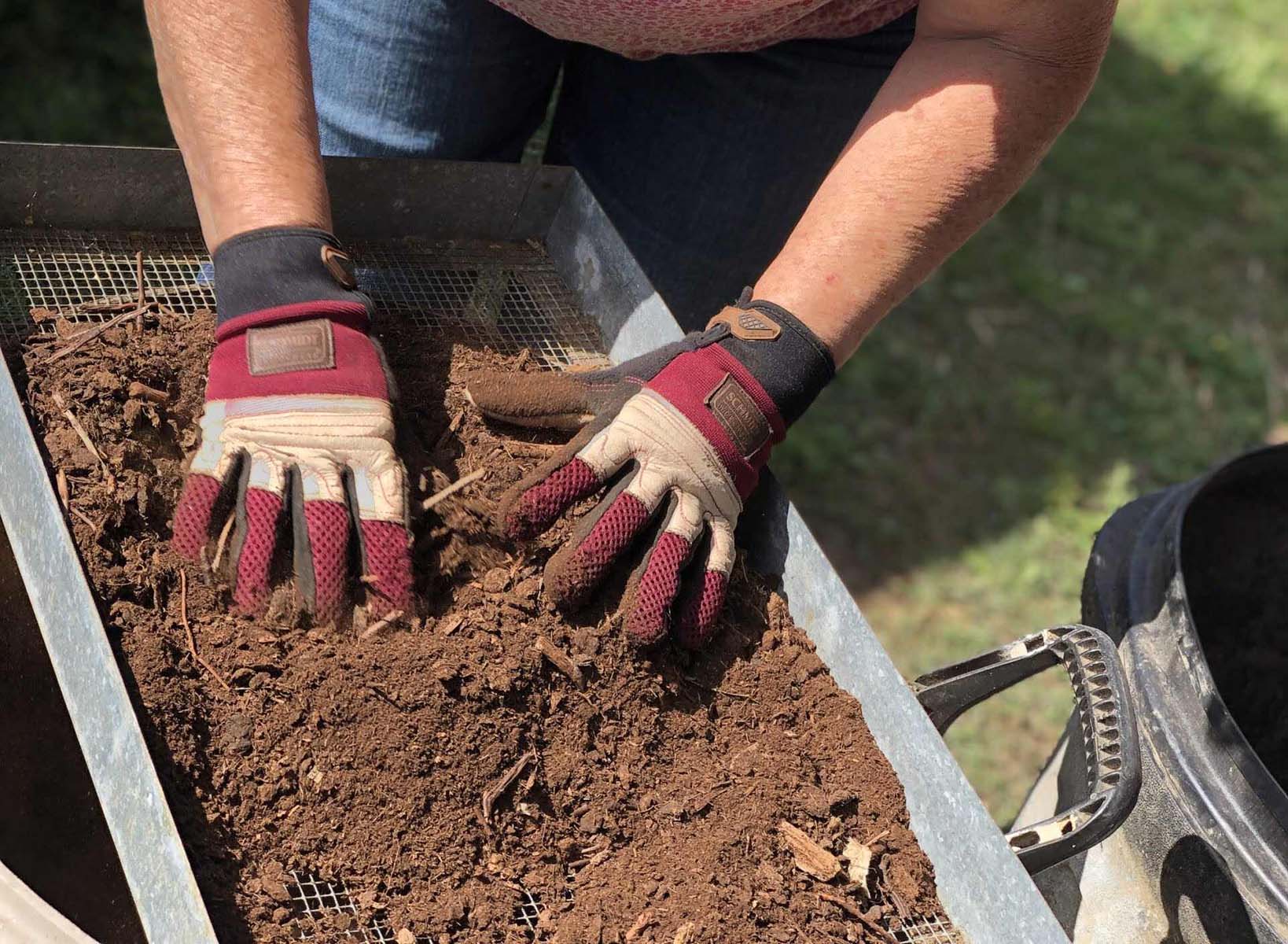
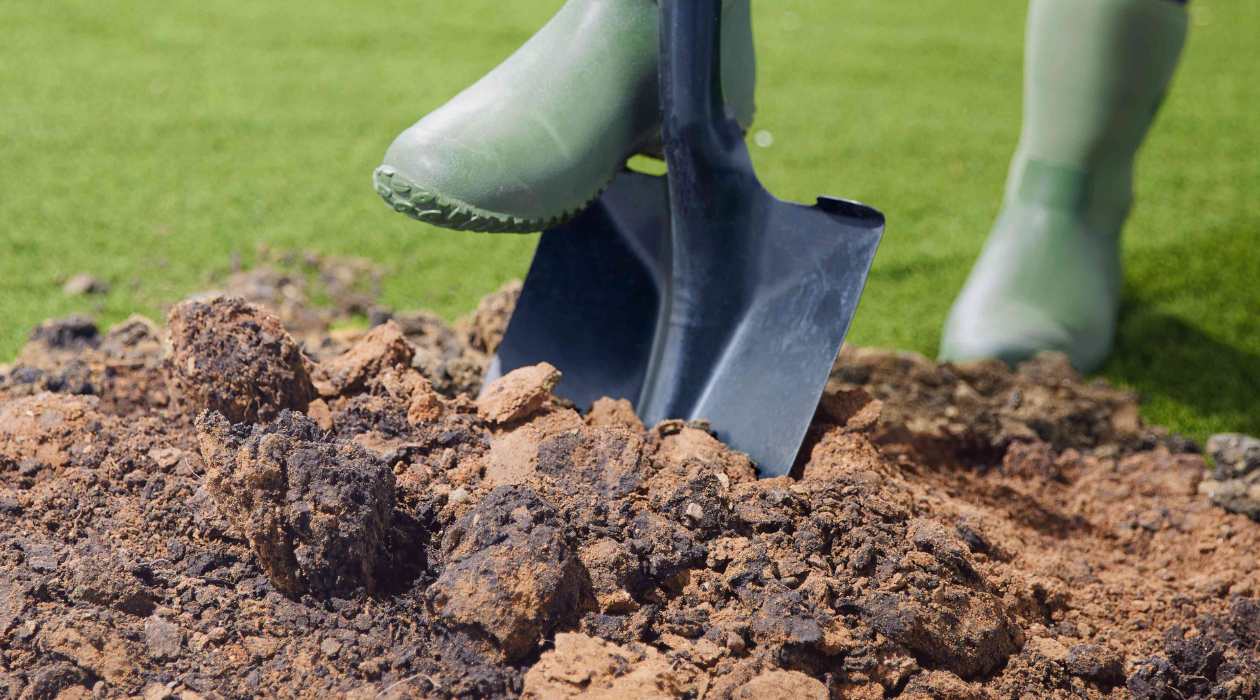
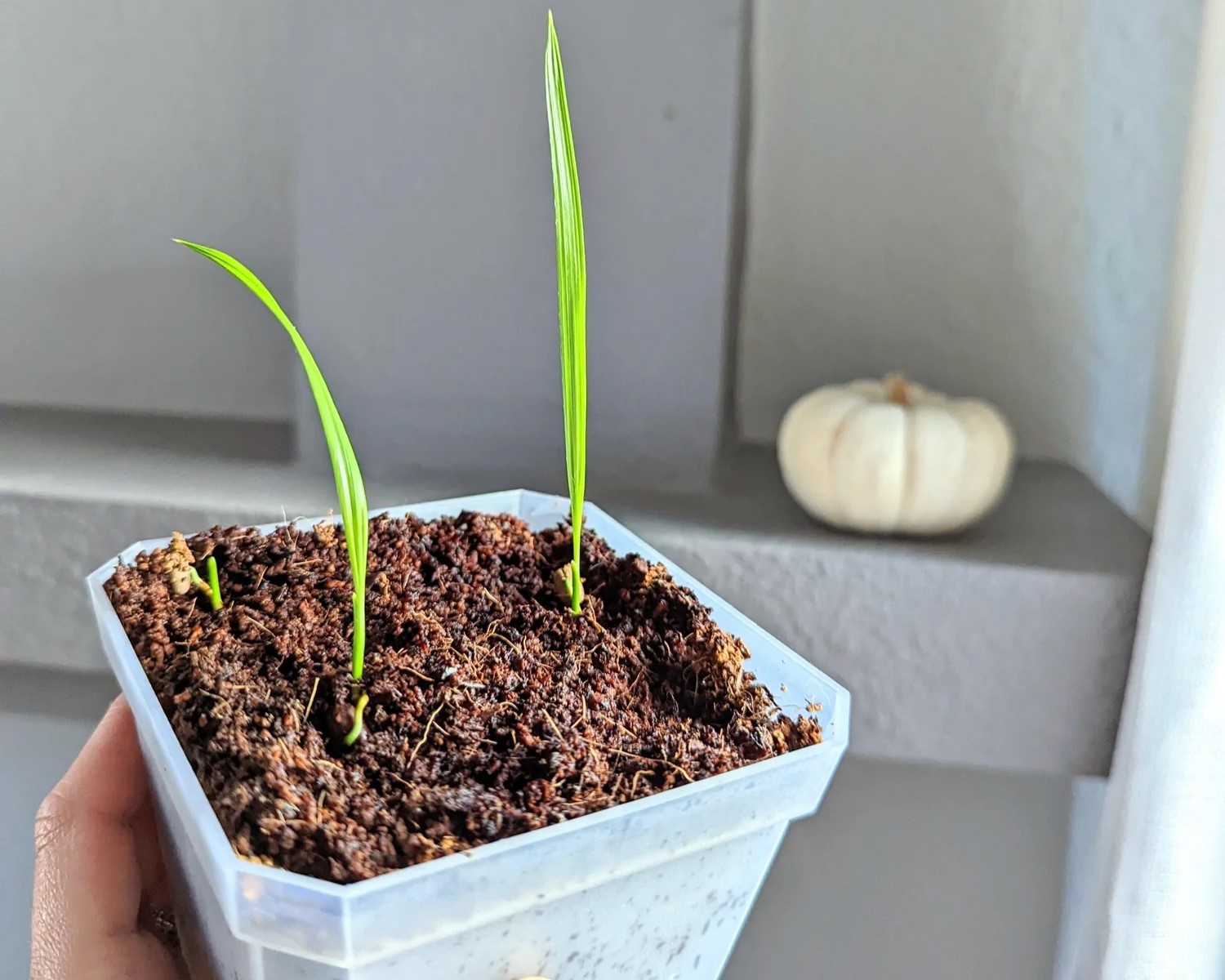

0 thoughts on “How To Plant Grass Seed In Clay Soil”